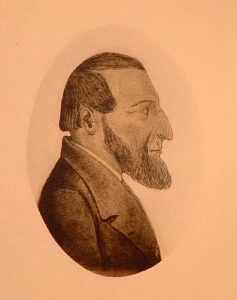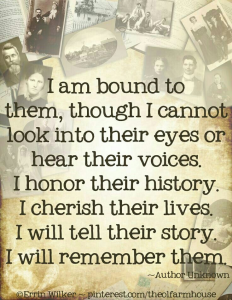Froehlich, Samuel. Writings of S.H. Froehlich. Fairbury: The Heritage Center Foundation, 1978.

The Writings of S.H. Froehlich is a digitally combined collection of eleven translated books and letters written by Samuel Froehlich dating from 1832 until his death in 1856. These writing are supplemented with introductions and historical background information regarding Froehlich and the Apostolic Christian Church.
The eleven books which make up this collection include:
- Baptismal Truth
- The Epistle of Paul, the Apostle, to the Ephesians
- Evidence Demonstrating Truth of the Word of God
- Meditations on the Epistle of John: Volume 1-4
- Meditations on the Epistle to the Hebrews
- The Epistle of Paul, the Apostle, to the Philippians
- Observations on the Entire Revelation of St. John the Devine
- The Mystery of Godliness and the Mystery of Ungodliness
- Matrimony According to the Word of God
- Old Testament Meditations
- Other Collected Writings
Each book in the collection is comprised of Samuel Froehlich’s teachings and meditation on religious theory.
Thinking these books were probably just topical sermons, I almost dismissed this collection as valuable to our research. Now, I’m glad I didn’t! As I skimmed the 1799 pages of lectures and personal letters I immediately discovered that it was packed with a rich history detailing the lives, struggles, and persecutions of many fighting for religious freedom in the 1800’s throughout Europe. Thankfully, the producers of the digital compilation created a well-organized index and PDF search capabilities which will allow us to find the information most relevant to our research. Because our ultimate goal is to compare Apostolic and Mexican migration journeys, I decided to search the document for all instances of the words “America” and “persecution”. Before diving into his personal writings, the editor gives the reader a brief introduction and outline of Froehlich’s life, including his personal trials of persecution. Froehlich writes,
“As long as I kept silent I was left alone… (page 41).”
Also what I thought was particularly interesting was the editor’s account of Froehlich’s negative publicity,
“All newspapers brought reports so that Froehlich became known and was reviled throughout Switzerland. He had to flee from Thurgau and on his passport it was noted that he had been expelled as a sectarian. Now the police watched him wherever he went (page 42).”
Additionally, in a letter, dated January 12, 1856, Froehlich addressed the Brothers and Sisters in Strassburg stating,
“In Pest they have been notified that they have either to leave off from their faith or to emigrate to America (page 649).”
How does this specific history compare to the experiences of the Mexican migrant/migration?
There may be some who would say that the persecution and “forced” emigration of the Apostolics in Europe cannot compare to present day conditions of migration/immigration. By even asking the question I feel I must tread gently. Our histories, heritage, believes, and ideals are what makes us who we are. They manifest within us great emotion, passion, pride and sometime anger or resentment. In comparing migrations, I am in no way intending to negate nor minimize either groups migration histories. But by comparing and asking,
“How are we alike?”
I hope empathy and understanding will supersede. Froehlich speaks of having to remain silent in order to be left alone, negative public sentiment, being expelled, and being watched/monitored by police. Whether we want to admit it or not, Latinos/Mexicans have, for years, endured this same persecution throughout the United States. Is it possible for us as a community to look past national rhetoric and see each other for who we are as sojourners, past and present? I believe I have already asked this question in a previous post and I’m sure I will ask it again down the road, but as history continues to be revealed, I hope that people will begin to see themselves and their history in a little different light.


